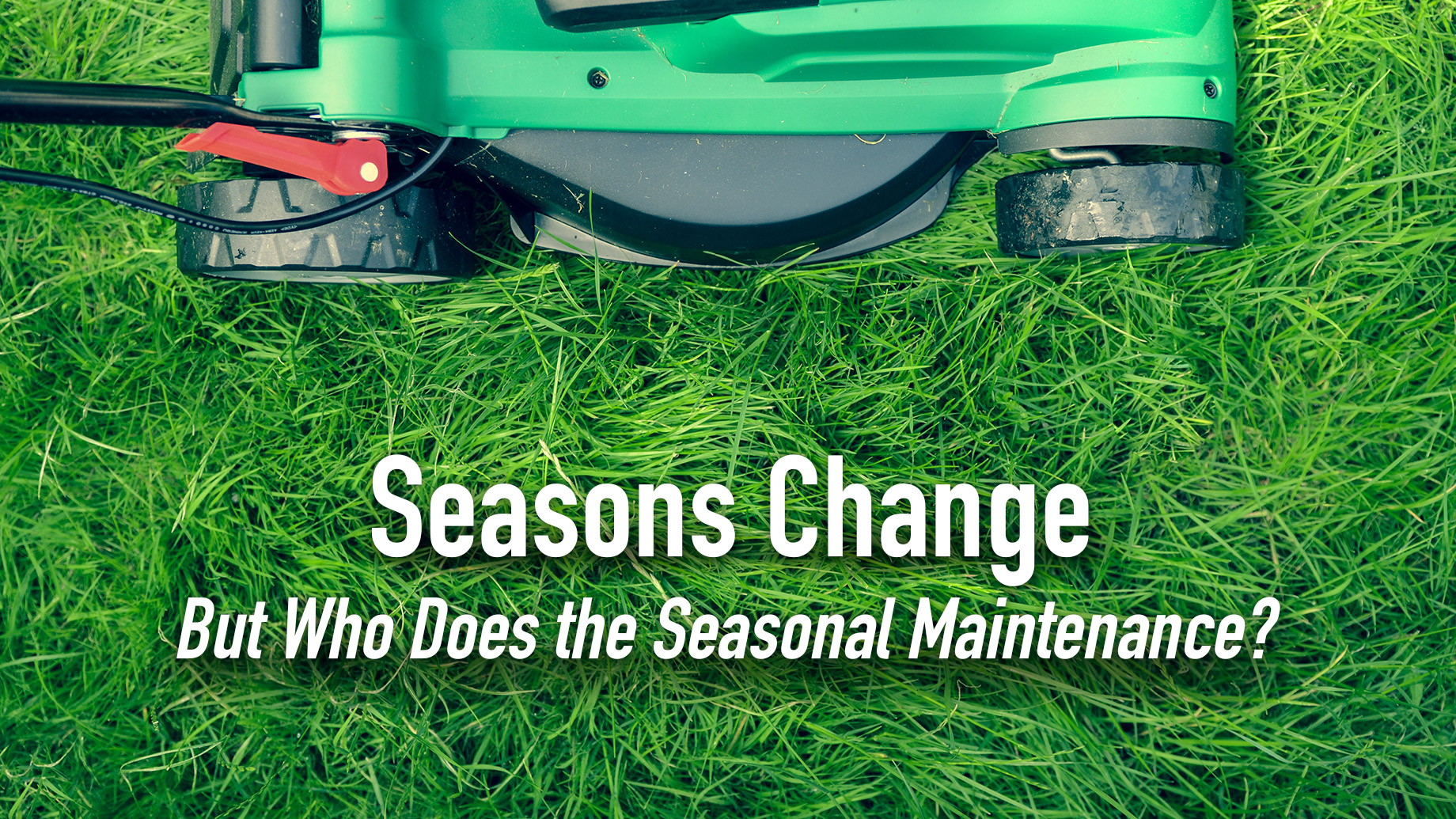
Landlord or Tenant?
Seasonal property maintenance (shoveling snow, taking care of icy patches, mowing/raking the lawn, gardening, tree trimming, cleaning eavestroughs, etc.) is the landlord’s legal responsibility (with few exceptions), and they cannot transfer it in the tenant’s lease, unless as a clause that could be severed and able to stand as a separate contract.
The law is unclear, however, about responsibility when renting an entire home, but, otherwise, the responsibility lies with the property owner.
Ontario’s Residential Tenancies Act explains the duty of landlords to perform indoor and outdoor maintenance including seasonal tasks. Under Section 26 of Ontario Regulation 517, landlords must maintain exterior common areas, and this includes such tasks as weed removal, handling the accumulation of ice and snow, and other necessary work.
However, there are landlords who just include in the regular terms of the lease that a tenant is responsible for snow shoveling, etc. Indeed, it is a common occurrence, and therefore, many tenants accept that responsibility.
It is illegal, however, for landlords to insist that tenants cut the lawn or shovel snow. Tenants don’t have any legal responsibility for seasonal maintenance – unless they sign a separate contract – or the clause in the lease can qualify as a distinct agreement.
Seasonal Tasks/Separate Contract
Yet the landlord and tenant can legally make a separate agreement about seasonal maintenance in which the landlord transfers the responsibility, but the other party cannot be referred to as a “tenant.” This arrangement is not part of the lease, and the contract will be between an “owner” and “contractor.”
That agreement would have to be the same as a landlord would offer a regular contractor. It must include the compensation (which preferably should be a set amount rather than a rent deduction).
The contract would detail the required services as well as the time and method of completion. For example, the service could be listed as snow and ice removal completed between 12 and 24 hours after a snowstorm, and the snow must be removed to a safe place and salt applied to ice.
The Risks
There can be risks though for landlords in these separate agreements between a “property owner” and “contractor” (who is also the tenant). If a third party injures themselves because of poor maintenance (such as a fall on ice), the liability can revert back to the party who is legally responsible for property maintenance – in other words, the landlord.
The Occupier’s Liability Act, R.S.O. 1990 addresses this issue. Although both the landlord and tenant are referred to as “occupiers,” and the Act imposes regulations on all “occupiers,” the issue of liability for injury to a third party can be connected to the legal obligation to maintain the premises.
Therefore, if landlords make an agreement with a “tenant as contractor” who is uninsured or unable to carry out the tasks or is lax about proper maintenance, they are taking a huge risk. The better option is to perform the maintenance themselves or outsource it to qualified and insured professionals.
It is convenient and less stressful for landlords to hire a regular maintenance company for the season. It is easier to have a team in place to come to your property after a snowstorm than to try finding one on the morning after the weather event.
When an Agreement Works…
Of course, sometimes the property owner/contractor agreement works out well for both parties. The “tenant/contractor” gets compensated for their work, and the “owner” has their “seasonal maintenance person” living on site. If the “tenant/contractor” is an efficient and conscientious worker, the property will have proper seasonal maintenance.
Keep in mind though that seasonal tasks can sometimes require considerable effort and time. For example snow shoveling can be very challenging depending on the layout of the neighborhood, or distance from a main street/road, as well as the region’s weather. Whoever a landlord hires for seasonal jobs must be willing and able to put in the required work.
The Legal Side
Liability for third party injury, however, lies with the landlord. There is a risk to this arrangement which is not present in a contract with an insured tradesperson.
Indeed, it might be a good idea for landlords to have a lawyer check the lease or additional contract to determine its legality and also ensure that it meets the property owner’s needs.